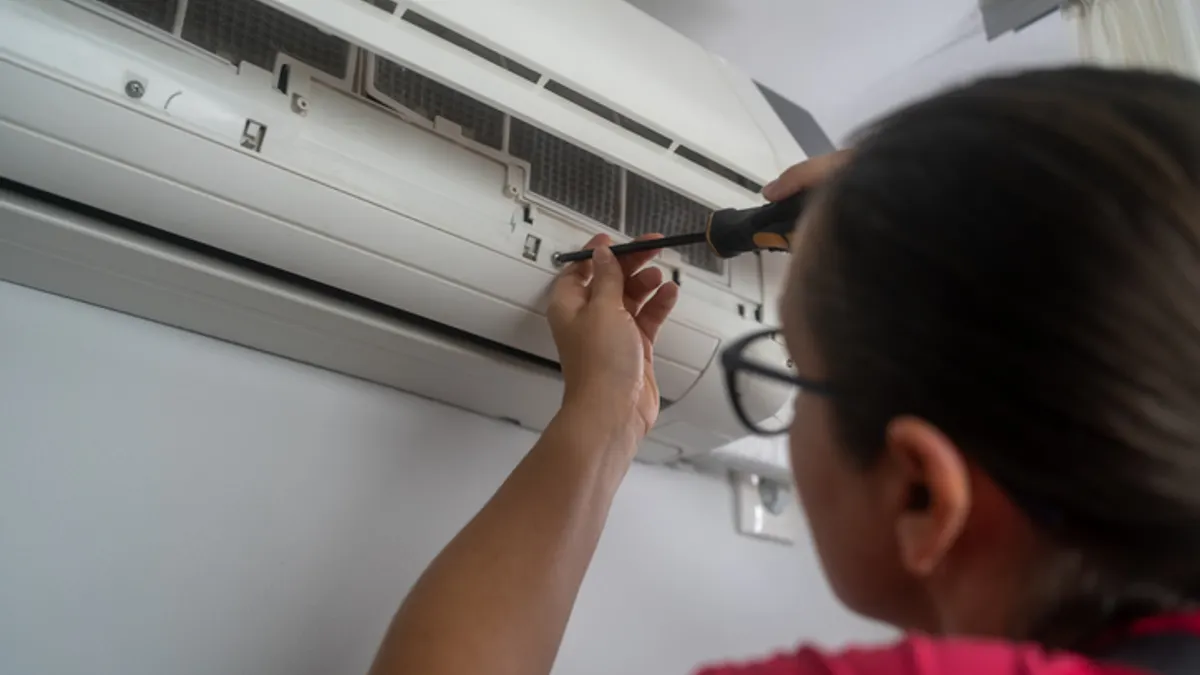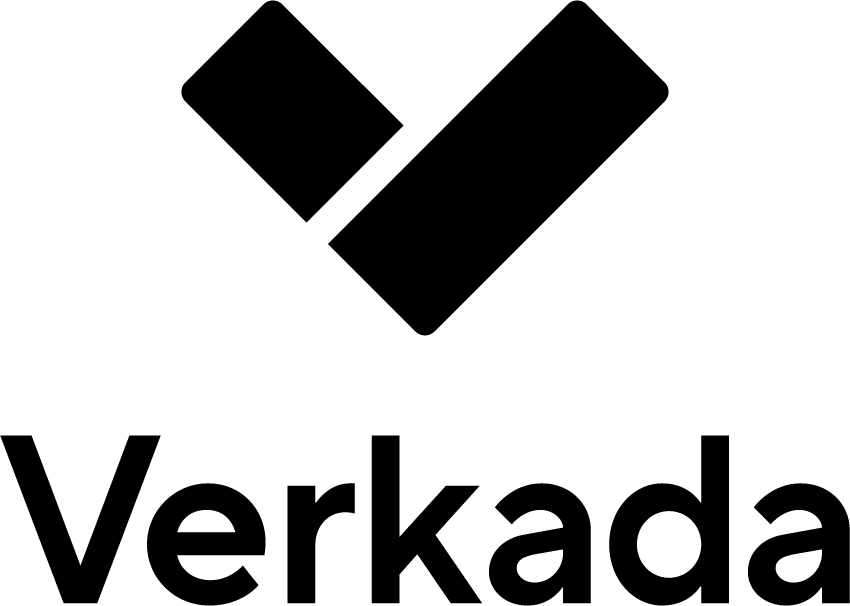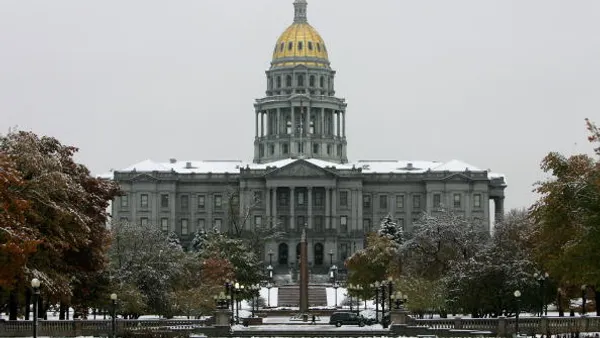Facility managers looking for ways to reduce energy use to meet sustainability goals and reduce costs might be tempted to draw up a capital expenditure plan for upgrading building systems. But before doing that, consider conducting a building audit to look for simple fixes, says Gary Williams, senior director of sustainability and energy solutions at ESFM, a facilities management division of Compass Group USA.
“We find that we really need to guide them in the right way, because many people have different ideas of where [energy efficiency] starts. You have to look at the complexity of the investments,” he said. “You do the benchmark, see where you are and then decide what to do next. Because now there’s room for improvement.”
Simple fixes can often result in large energy savings, he said.
“Before you go and lay out [a] big capital expenditure and replace [HVAC electric motors] just because they are a little outdated, there are many things we find that can improve the efficiency on all the electric motors,” Williams said. “Just by installing a variable frequency drive you’re saving at least 40%, sometimes up to 60% [of energy use].”
Operators can also implement smart lighting that adjusts brightness based on occupancy levels and daylight levels to reduce energy consumption, said Williams, who leads ESFM in helping its clients become more energy efficient.
Another commonly overlooked way to reduce energy is HVAC system cleaning, he said, because many systems are on rooftops.
“People don’t like to climb up top [and] there are safety rules when you climb up a ladder,” Williams said. “In my experience, as soon as you climb on a rooftop and find these units, the first thing that jumps out at you is a lack of maintenance.”
Many times, you don’t need to replace a unit, he said. “You just need to maintain it properly. You’ve got to clean the ducts. But most times we’ll find dirty filters. Very frequently, clogged filters on HVAC systems can account for at least 15% of wasted energy for that unit.”
The next part to inspect would be economizers, which can get jammed up and reduce the amount of fresh air flow coming into an air handler unit, he said. “Because if you get too much outside air coming in, that air has to be conditioned, whether it’s heated or cooled. So you waste energy.”
A good way to go about finding these areas of energy waste is a “treasure hunt” where the maintenance team goes around a facility and looks for common issues. This often includes cleaning filters, adjusting and fixing dampers and installing demand control ventilation, he said.
“Just by making sure the dampers are set correctly, you’re going to save 40% of your energy from HVAC systems,” he said. “The main thing is educating the people.”
Correction: A previous version of this story misstated Gary Williams’ title. Williams is senior director of sustainability and energy solutions at ESFM, a facilities management division of Compass Group USA.













